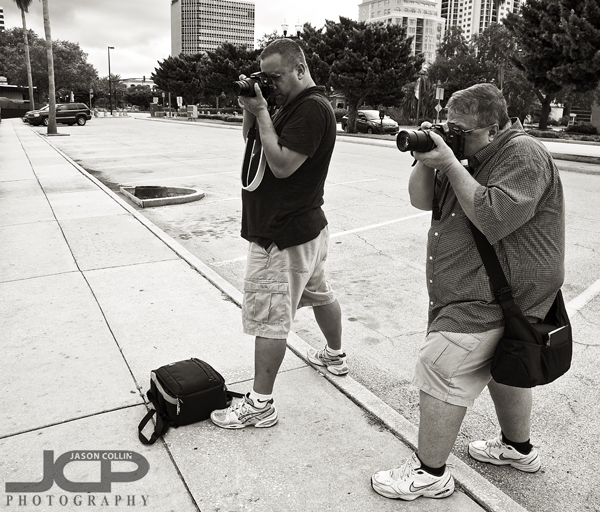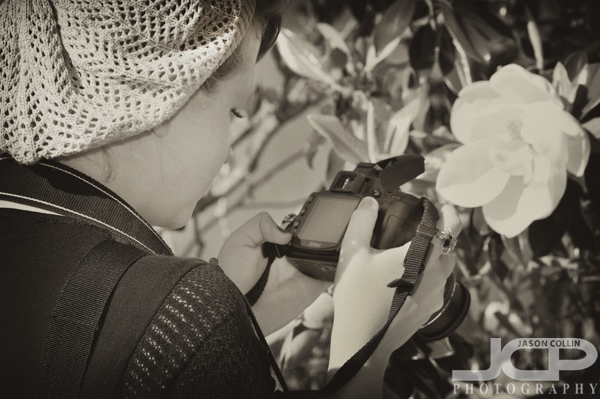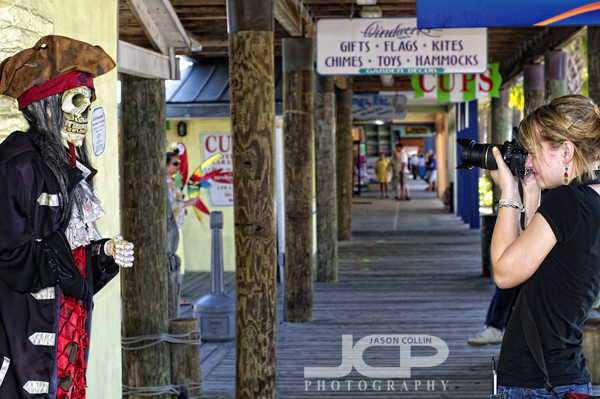 Chris & Paul showing good shooting form with their Nikons during our photography lesson in St. Petersburg FloridaI met Chris and his father-in-law Paul on a pleasant overcast St. Petersburg evening to help them both get off auto-mode on their Nikons. Each of them had a few lenses and had been shooting for awhile, but they thought it was time to learn how to take more control over their DSLRs and that is exactly what my DSLR Photography Lessons are designed to do!
Chris & Paul showing good shooting form with their Nikons during our photography lesson in St. Petersburg FloridaI met Chris and his father-in-law Paul on a pleasant overcast St. Petersburg evening to help them both get off auto-mode on their Nikons. Each of them had a few lenses and had been shooting for awhile, but they thought it was time to learn how to take more control over their DSLRs and that is exactly what my DSLR Photography Lessons are designed to do!
In addition to teaching my four step process for getting the exposure and focus right for any given shooting situation, I also teach several habits of the pro-photographer than anyone with a DSLR should emulate as well. This starts with safely changing lenses, putting everything in the same place in your camera bag every time, always leaving your DSLR on until you put it away in your bag and of courrse how to properly hold your DSLR to maximize stability (see above stances).
Once again I did not have to be the model during this lesson as Chris & Paul took turns being the subject for each other as we ended the lesson with a little flash portrait practice using the scenic St. Petersburg harbor as the background at dusk. I look forward to seeing how their photographs improve as they put the skills we covered to use to take more control over their shots!



